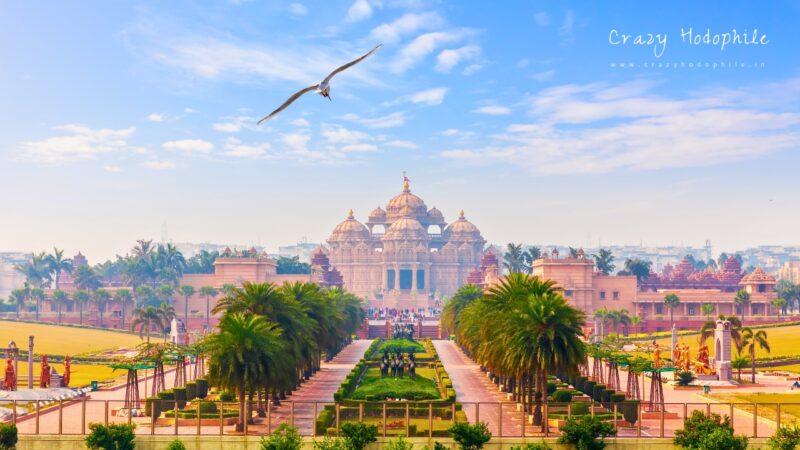Baphuon, Angkor Thom, Cambodia
Baphuon is a temple in Angkor, Cambodia. It is situated in Angkor Thom, northwest of Bayon. It was constructed in the mid-11th century and it is a 3 tiered temple mountain built as the state temple of Udayadityavarman II dedicated to the Hindu God Lord Shiva. The Baphuon was converted to a Buddhist temple in the late 15th century.
“Angkor Thom” is not the real name of this city. The modern name was only used from the 16th century onwards when Angkor Thom was not the Khmer capital anymore. “Angkor”, derived its origin from Sanskrit “Nagara”, simply means “city” or “capital”. “Thom” means “big, large, grand, great”. There were no contemporary cities in Europe of the sheer size of Angkor Thom, not even Byzanz. But the secular buildings in Angkor Thom were built of wood, this is why they disappeared over time. Today most parts of Angkor Thom are reoccupied by the jungle.
Table of Contents
History
The pattern of the Baphuon style with twisted carvings covering every available surface of the tower. The temple connects the southern courtyard of the royal palace and measures 120 m east-west by 100 m north-south at its base and stands 34 m approx tall without its tower, which would have made it 50 m tall approx. Its appearance impressed Temur Khan’s late 13th-century representative Chou Ta-Kuan during his visit from 1296 to 1297, who said it was ‘the Tower of Bronze, A truly impressive spectacle, with more than ten chambers at its base.’
The Baphuon was converted to a Buddhist temple in the late 15th century. A 9 m tall by 70 m long statue of a sloping Buddha was built on the west side’s second level, which probably required the demolition of the 8 m tower above to stones for the statue, thus explaining its current absence. The temple was built on land filled with sand, and due to its huge size, the site was uncertain throughout its history. Large portions had already collapsed by the time the Buddha was added.
Layout and Design
The main entrance of Baphuon faces east and is joined by galleries. It looks almost similar to the entrance of Angkor Wat. There are many gods statues, a walkway, and a pavilion. Here, you can see the carvings of animals, warriors, and hunters. There is a huge pool at the end of the walkway.
There are 3 enclosures which were surrounded by galleries and library buildings, although most of these no longer exist and lay in ruins. One of the collapsed galleries was recycled and used to form a large reclining Buddha.
In the 2nd enclosure, you’ll see scenes from Hindu epics as well as warriors fighting battles.
Opening and Closing Hours:
|
Monday |
7:30 am–5 pm |
|
Tuesday |
7:30 am–5 pm |
|
Wednesday |
7:30 am–5 pm |
|
Thursday |
7:30 am–5 pm |
|
Friday |
7:30 am–5 pm |
|
Saturday |
7:30 am–5 pm |
|
Sunday |
7:30 am–5 pm |
Advise
Access to the summit is difficult as much of the temple has now collapsed and it is overgrown but for those devotees who want to go to the top, use the way to the columns at the east and the temple of Phimeanakas on the left. Visitors should walk down the causeway, climb the steps to the 1st tier, turn left, and walk around the temple, always keeping it on their right.
Length of Visit: 30 – 60 minutes
Temple Pass: Required
Best Time To Visit Baphuon Temple
Anytime, but early morning is the coolest. If you want to pay a visit to this temple then choose the morning or the later afternoon hours. The reason behind avoiding such a period of the day is that in between the Sun rays will be piercing for you.
Location Map for Baphuon Temple
Things To Do Near Baphuon Temple
- Angkor Village Apsara Theater show
- Angkor Zipline
Hotels Near Baphuon, Angkor Thom
- Viroth’s Villa
- Grand Venus La Residence
- Shintana Saya Residence
- Nita by Vo Luxury Hotel
- Angkor Suites By Alfa



